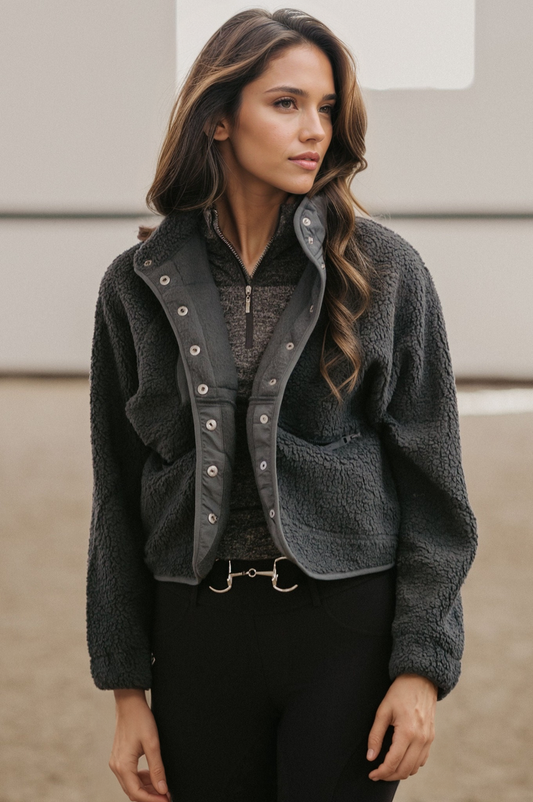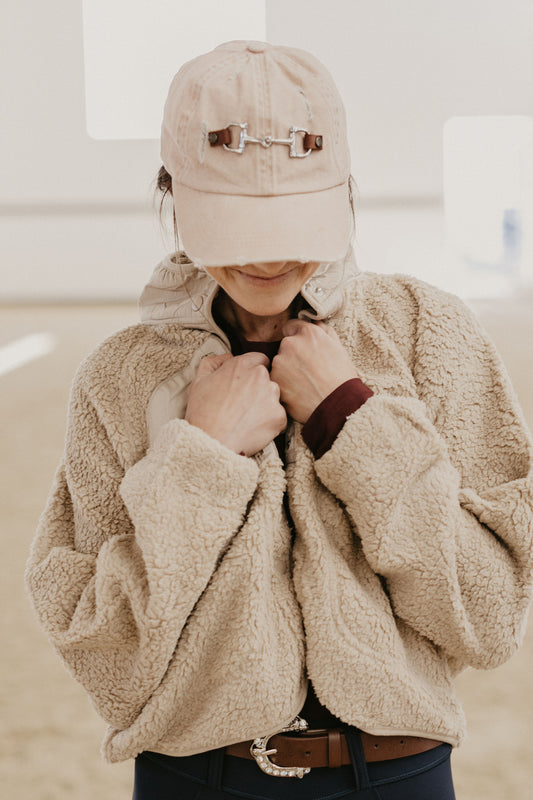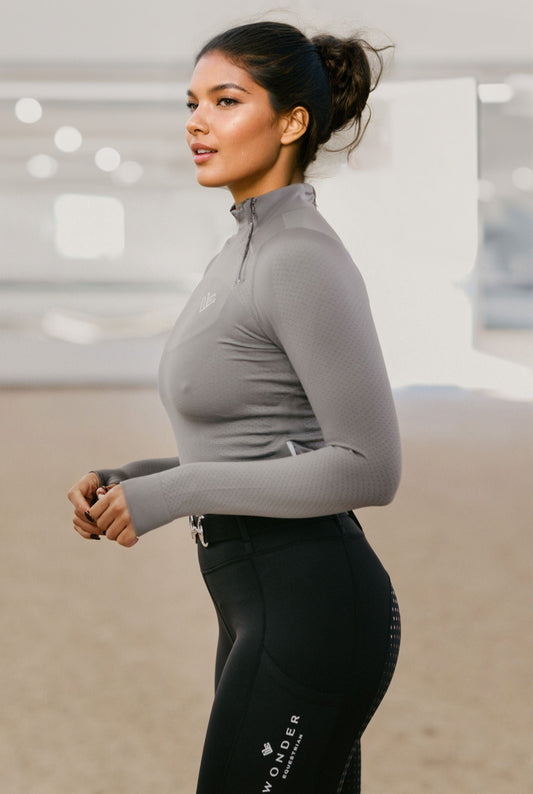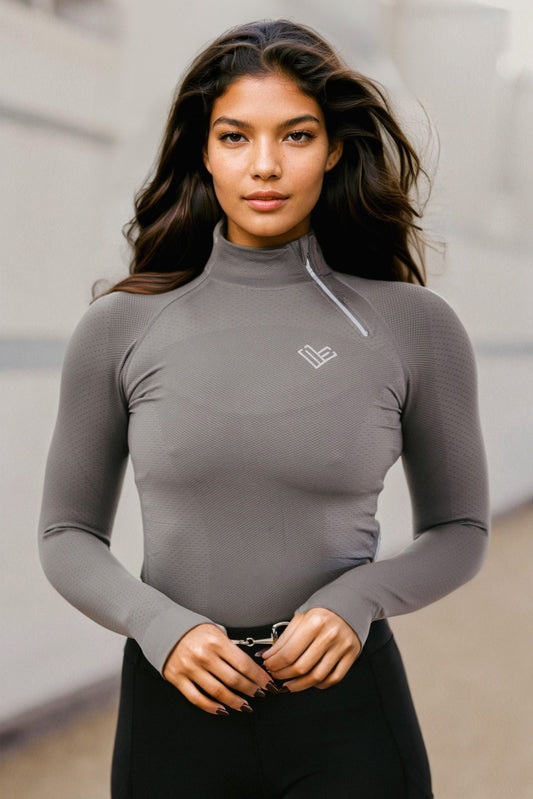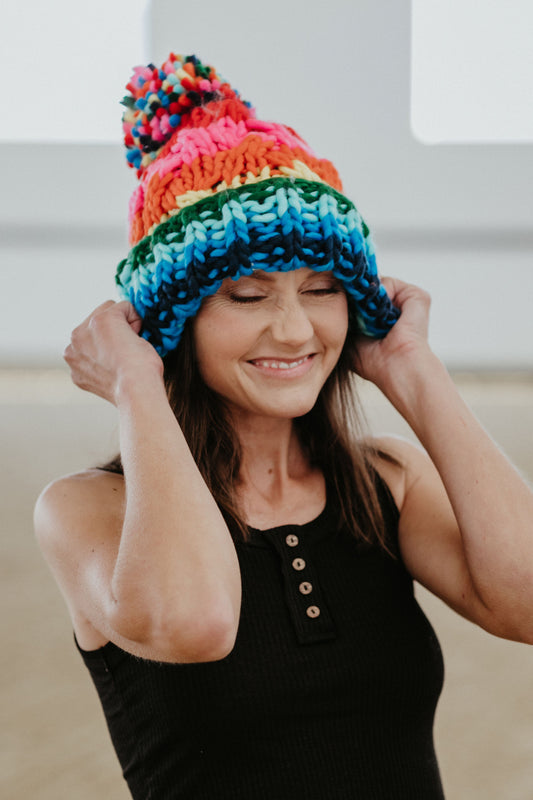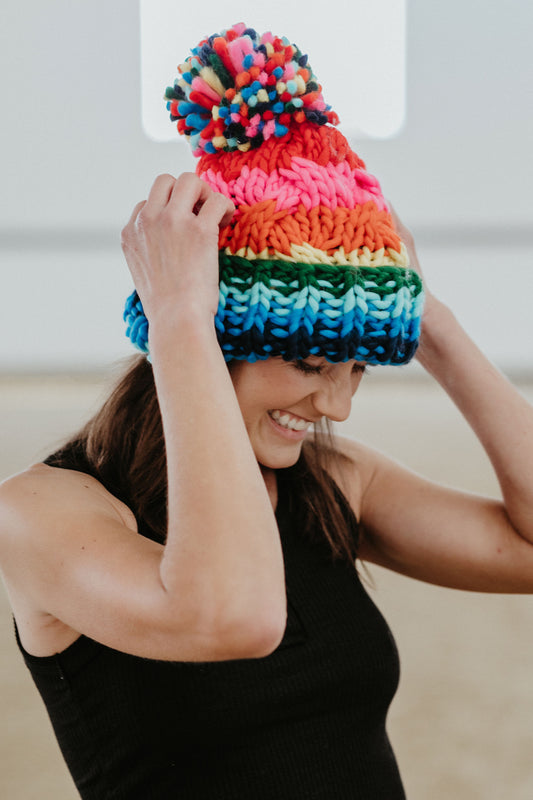The Rise of Sustainable Fashion in the Equestrian Apparel World
Over recent years, the fashion industry has witnessed a pivotal shift towards sustainability, driven by a growing awareness of the environmental impact of clothing production. This wave of change has gradually permeated various sectors, including the traditionally conservative equestrian apparel market. Today, sustainable fashion is not just a trend but a vital movement reshaping how riders choose their gear, with a clear emphasis on eco-friendly materials, ethical production practices, and long-lasting quality.
Understanding Sustainable Equestrian Fashion
Sustainable equestrian fashion hinges on the principles of minimizing environmental damage and ensuring ethical treatment of workers in the production process. This means sourcing materials that are either recycled or organically grown without harmful pesticides, employing energy-efficient manufacturing processes, and supporting fair labor practices. For riders, this shift translates into wearing apparel that not only performs well in competition and training but also aligns with broader environmental and social values.
The Materials Making a Difference
At the heart of the sustainable equestrian apparel movement are innovative, eco-friendly materials. Brands are increasingly utilizing recycled polyester, made from reclaimed plastic bottles, and organic cotton that is grown without toxic chemicals. Bamboo fabric is also gaining popularity for its breathability, antibacterial properties, and softness, making it an ideal choice for equestrian wear. Moreover, some forward-thinking companies are experimenting with even more unconventional materials, such as algae-based foams for protective gear and mushroom leather for boots and accessories.
The Benefits Beyond the Environment
While the primary aim of sustainable equestrian fashion is to reduce environmental impact, the benefits extend far beyond this. Many riders find that apparel made from natural or recycled materials offers superior comfort and performance. Additionally, by choosing sustainable brands, consumers support fair labor practices and often contribute to social programs backed by these companies, such as education for workers' families or community development projects.
Challenges and the Path Forward
Despite its growing popularity, sustainable equestrian fashion faces challenges, particularly in terms of cost and accessibility. Eco-friendly materials and ethical manufacturing processes often result in higher prices for the end consumer, which can be a barrier for many riders. Moreover, the range of sustainable options available is still limited compared to traditional equestrian gear.
However, increasing demand from environmentally conscious consumers is driving more brands to invest in sustainable practices. As the market continues to evolve, we can expect a broader selection of eco-friendly equestrian apparel that is accessible to a wider range of riders, making sustainable fashion not just a trend, but a standard in the equestrian world.
Embracing Sustainable Choices
For those in the equestrian community looking to make more sustainable fashion choices, the journey begins with awareness and education. By understanding the environmental and social impact of their apparel choices and opting for brands that prioritize sustainability, riders can make a significant difference. Whether it’s choosing a shirt made from organic cotton or a pair of boots crafted from innovative, biodegradable materials, every sustainable choice contributes to a larger movement towards a more eco-conscious equestrian industry.
In conclusion, as the equestrian apparel market embraces sustainability, it sets an example for other sectors to follow. Sustainable fashion in the equestrian world is not just about looking good in the saddle; it's about making responsible choices that ensure the wellbeing of our planet and future generations of riders and horses alike.
Shop Wonder Equestrian!



